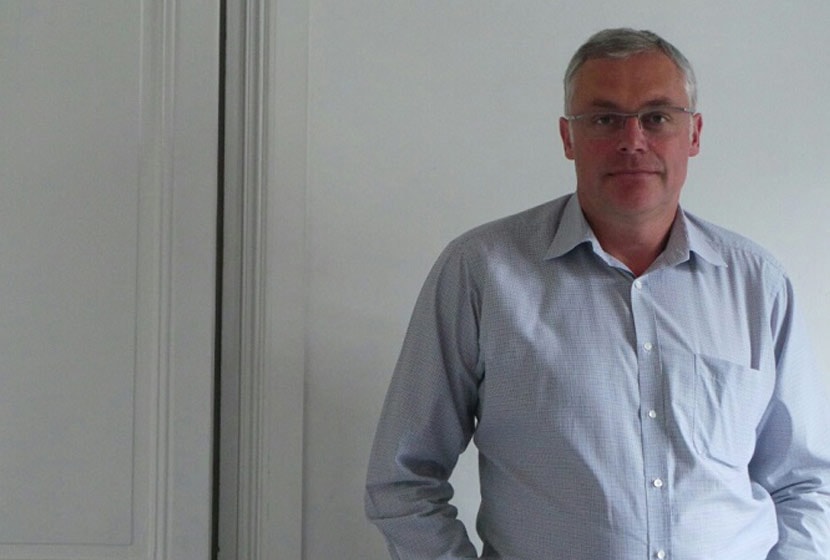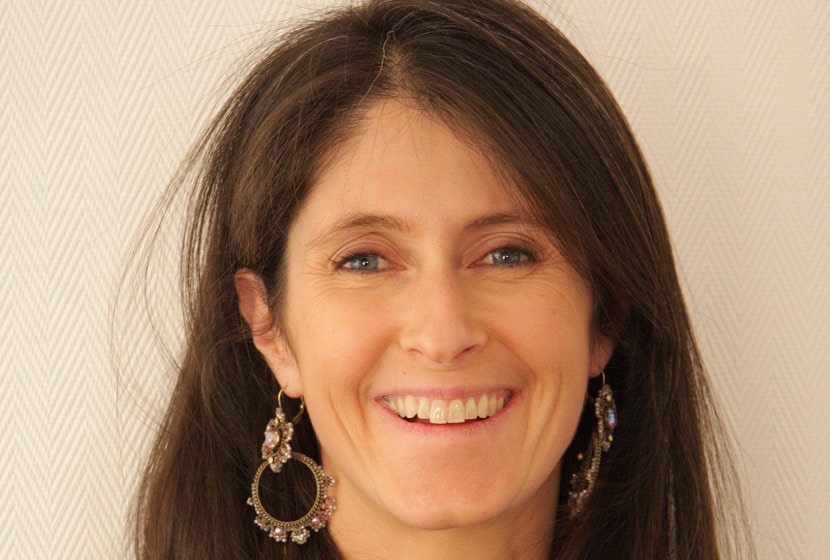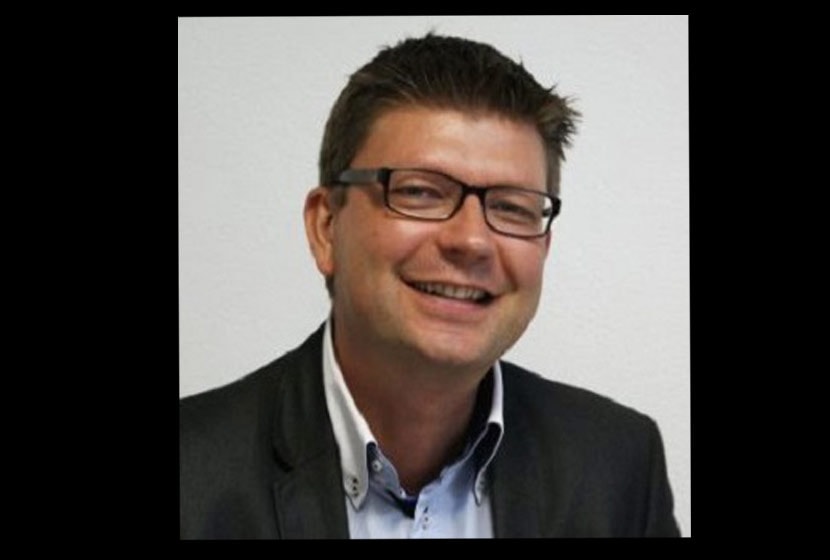3D printing will be an integral part of our lives tomorrow. It's a new revolution. It's a futuristic development, almost like science fiction, but it's still inaccessible to many people. It remains somewhat abstract for many, because we are not yet used to it and totally influenced by it. But what is the point of view of a person directly concerned by 3D printing, such as a so-called "classic" printer, for an offbeat and curious look?
Meeting with Loïc Maiche, director and founder of ADM (Dupli Media Agency) located in the 18th arrondissement of Paris. Loïc sets up ADM in November 1994, a reprographic printing company where he works alone at start-up. Today ADM has twenty-five employees; it is a contemporary printing house specialized in the luxury field.
Loïc sets up ADM in November 1994, a reprographic printing company where he works alone at start-up. Today ADM has twenty-five employees; it is a contemporary printing house specialized in the luxury field.
Loïc discovered 3D printing about four years ago thanks to the Internet. He confirms to me a very fast development of 3D printing and calls for a popularization of this technique by constantly updating the media. He sees it as the new technology that will make it possible to develop and manufacture products that were previously inaccessible. According to him, 3D printing has no known limits today, we cannot anticipate its development.
The primary concern of the development of 3D printing may be the disappearance of certain professions but, as Loïc points out, some professions will certainly disappear, but others will appear or reappear.
Indeed, 3D printing in itself is not enough, to have a final result which "holds the road" and present an object of beautiful quality there is a lot of work before and after printing, so you need qualified and specialized people.
"You have to know how to evolve and move with the times."he says to me. But shouldn't we keep things in perspective and remain vigilant? "Indeed, 3D printing will revolutionize our lives, explains Loïc, but as with many innovations with positive and negative points. 3D printing will develop new techniques to make objects less heavy, to make things that we have not been able to make and design until now; it therefore brings new techniques, new approaches to science and a new way of manufacturing; no longer to manufacture in large volumes but to manufacture on demand to avoid waste.
3D printing will develop new techniques to make objects less heavy, to make things that we have not been able to make and design until now; it therefore brings new techniques, new approaches to science and a new way of manufacturing; no longer to manufacture in large volumes but to manufacture on demand to avoid waste.
On the other hand, 3D printing will be able to create new undetectable weapons because they will be made of plastic and will be within everyone's reach, anyone will be able to print them.
Loïc confides to me that there is no possible association between traditional printing and 3D printing: we cannot compare these two fields because they are very different; they do not require the same trades, the same work and the same qualification.
Loïc Maiche is planning to open a store with a street-side gable to allow a greater opening to the general public and to micro-companies who do not necessarily know it. The store would be open to anyone wishing to print in 3D, whether in the public or private domain.
 Julia Schebat: For you, what are the areas concerned by 3D printing?
Julia Schebat: For you, what are the areas concerned by 3D printing?
Loïc Maiche : The fields are very numerous, there is all the creation of personal objects, architectural design, objects and haute couture creation, marketing development; the creation of jewellery, in industry: spare parts... And model making.
J.S: In your opinion, how far can 3D printing develop?
L.M I think it can develop on the production of very specific parts, which are already used in aeronautics. For example, they make very specific parts where manufacturing does not require a lot of machining. The development is unlimited.
J.S: Would your shop be dedicated just to the public to print objects such as mobile phone shells?
L.M : It's a possibility, it would be rather open to all people who want to print in 3D, to experiment. Or for professionals who want to print a prototype to be able to present it at conferences, seminars, training sessions...
J.S: Do you think your project is feasible?
L.M I hope so. It's complicated because it's not just the impression itself. There's a whole technique behind it: professionalism and all the finishing touches after printing.
J.S: So your project would create new jobs?
L.M No new jobs. But for example for 3D printing, you need to know how to polish, chrome, paint... printed objects. So this is an opportunity to rediscover old trades already existing and often devalued and which would allow a renewal and a high quality of execution.
 J.S: Do you think a 3D machine is a good investment?
J.S: Do you think a 3D machine is a good investment?
L.M There's a chance. It's complicated because the field is still new, so it's very difficult to determine the price of an item that comes out of a machine. Even if we know how long it takes to make a part, the problem comes from a daily production, as for a hull; we have prices varying from 9€ to 30€ depending on the complexity of the work. When you work with professionals, as in the luxury industry, to create a beautiful perfume bottle and make a prototype, the price can go up to 3500€. The whole complex part is there.
J.S: So for this project to be profitable, you have to invest in several machines?
L.M : Indeed, you need several different machines that can print either resin, hard or soft materials, or in the future, metal, textiles or food... So the idea is to start with at least two or three machines.
J.S.: If your project comes to fruition, will there be jobs that cross between traditional and 3D printing?
L.M No, because they are very different jobs. Today in 3D printing, we are working on volume and materials. Whereas in conventional printing, paper remains essentially the main medium. Of course we can work on paper volume, but the techniques are, I repeat, very different.
J.S: How could your project be different from all the activities that are practiced around 3D printing?
L.M There are companies that have existed for a very long time and that do what we call prototyping, they are very specialized companies, which are on high techniques and which have confidential contracts with large groups. In addition, there are companies, such as Fablab, which are in the co-operative field. These companies cannot produce on demand.
I will find myself right at the centre of these two skills to offer a minimum of technical advice to the uninitiated, whether professional or not. And moreover, a support service for customers, from the initial digital project to the finishing touches on the object, so that they can leave with an object perfectly adapted to their expectations.
 Julia Schebat
Julia Schebat
Photos illustrations 1 and 2: ©ADM












